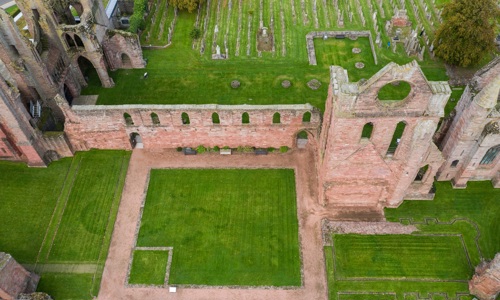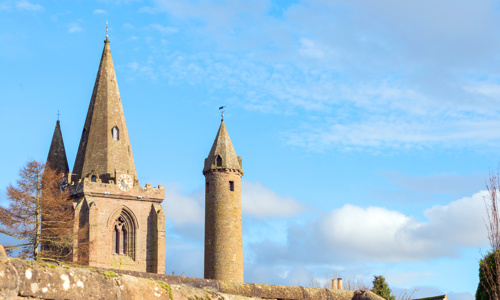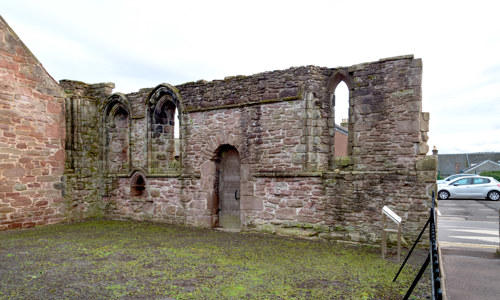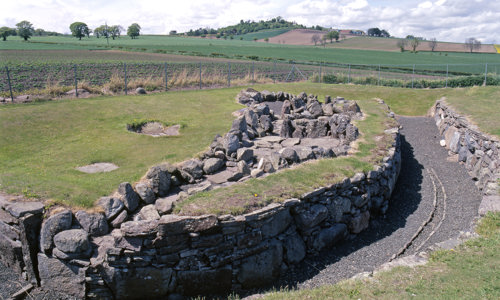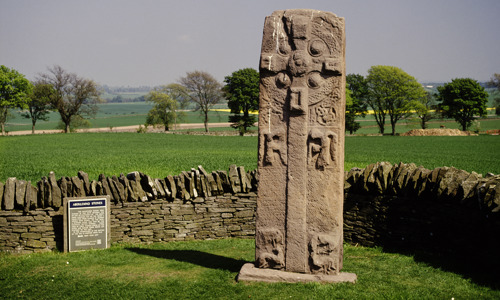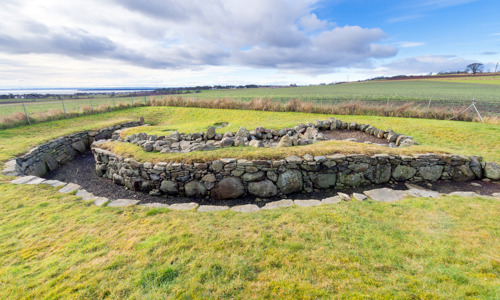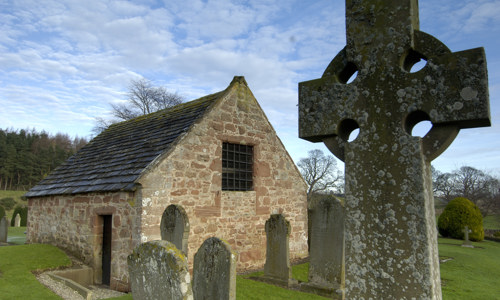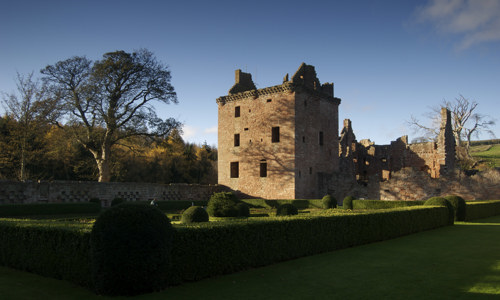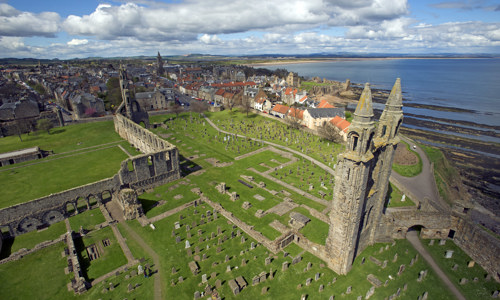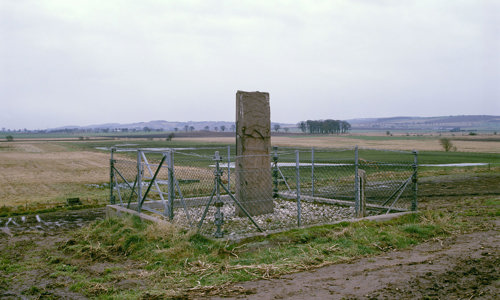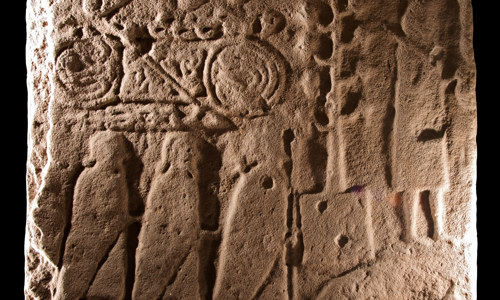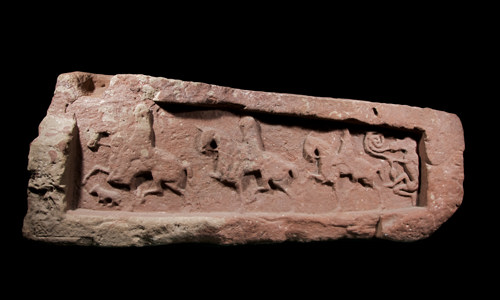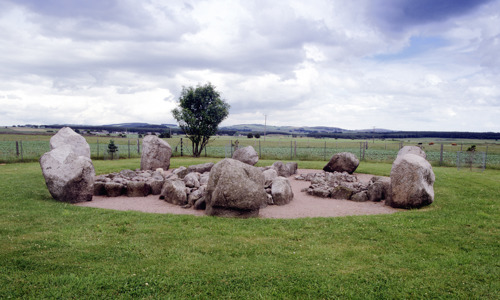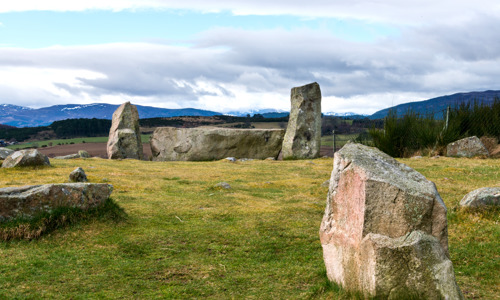History
It’s hard to believe that sleepy St Vigeans was once the centre of a royal estate and of huge religious importance. Yet the Angus village bustled with pilgrims and monks more than 1,000 years ago.
Evidence of St Vigeans’ former status can be found in and around the walls of the late medieval church perched on the village’s striking, 12m tall mound.
But the most important signs of the village’s powerful past are the 38 carved stones in the Historic Scotland museum. They once stood on the old church mound to convey Christian messages.
Pictish treasures
The stones are hugely important, as they are among the very finest examples of Pictish art. They form part of our national collection of the early art of Scotland.
The quality of carving on some stones is as good as anything of the time seen in Western Europe. Highlights of the collection include a house shrine, a fragment of a huge free-standing cross and the Drosten Stone.
The Drosten Stone:
- is a cross-slab dating from the early 800s
- is carved with an intricate cross on one side
- has figures and symbols carved on its other side
- features a rare inscription, which uses words from three languages – Latin, Pictish and Old Irish
As well as their historical significance, the carvings feature much to interest the viewer: from saintly figures to devilish imps and beasts both beautiful and bizarre. They also tell us of the everyday life of the Picts.
The stones show details of Pictish:
- contemporary costumes
- riding equipment
- hunting weapons


